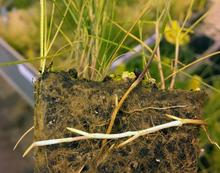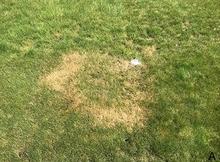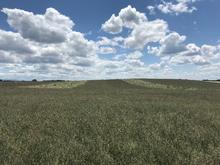Fine fescue forensics
By Eric Watkins and Yinjie Qiu, University of Minnesota
Fine fescue research has progressed rapidly in recent years, spurred by greater interest in low-input turf and the availability of funding for improving these grasses. While giving talks to various groups about lawn grasses for Minnesota, we often follow the introduction of fine fescues with a refrain similar to “they all look very similar”: translation “don’t ask me how to tell the fine fescues apart!”.



